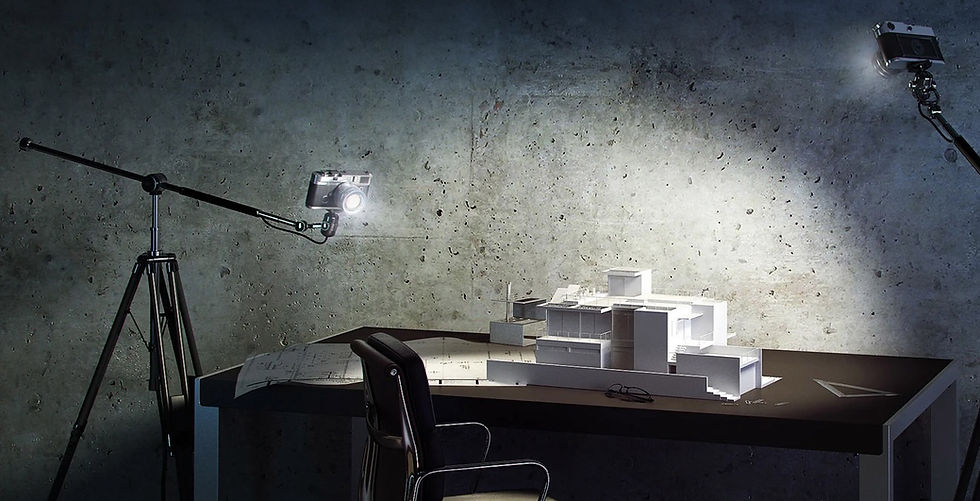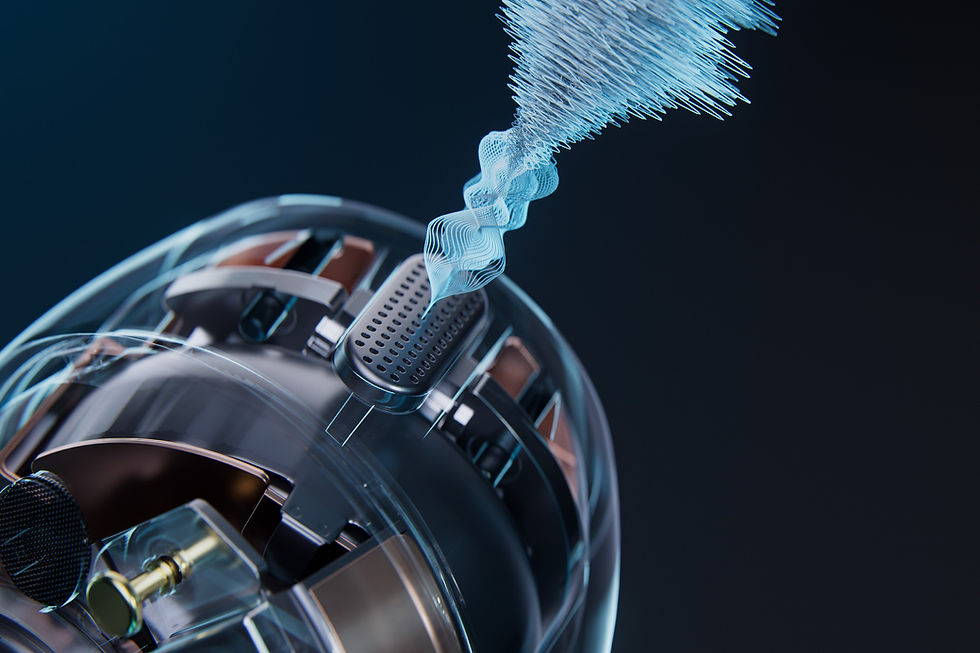Photorealistic 3d rendering vs traditional photography: a complete comparison
- Ilya Samokhvalov

- Aug 16
- 19 min read
In the world of product marketing, eye-catching visuals are everything. Traditionally, companies have relied on product photography – setting up physical products in studios with cameras and lighting – to create images for catalogs, websites, and ads. Today, however, photorealistic 3D rendering offers a high-tech alternative. This technique uses computer-generated imagery (CGI) to produce lifelike product images entirely in software, often indistinguishable from real photos. Businesses now find themselves asking: 3D rendering vs traditional photography – which is better for showcasing products?
Both methods have their merits, and the best choice depends on a company’s needs. In this guide, we’ll compare photorealistic 3D rendering with classic product photography across key factors like cost, time, flexibility, scalability, and visual quality. By the end, you’ll understand the pros and cons of each approach – and why CGI product rendering is rapidly gaining favor for everything from e-commerce to advertising. Let’s dive in!
You can learn more about our Photorealistic 3D Product Rendering services, which explain how CGI delivers results that look indistinguishable from photography.
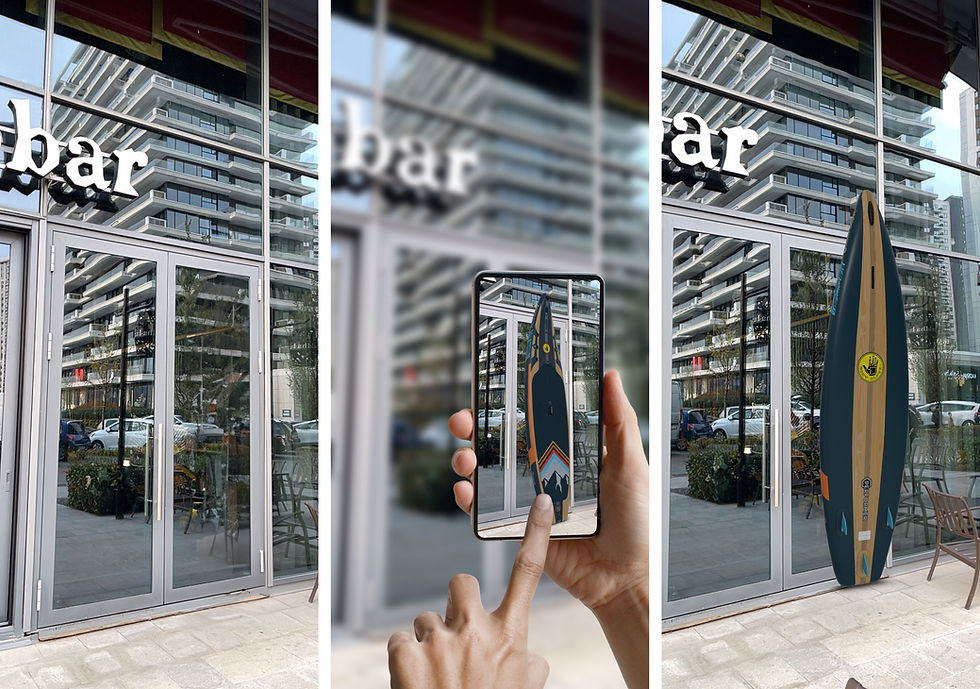
Understanding the two approaches
Traditional product photography involves physically staging the product and capturing images with a camera. This means you need the actual product (or prototype), a studio or location, lighting equipment, and often a photographer or crew. The result is a real photograph of the item in a real setting. Photography benefits from authenticity – what you see is literally what was in front of the lens.
Photorealistic 3D rendering, on the other hand, is a digital process. Skilled 3D artists create a detailed 3D model of the product on the computer, apply realistic materials and textures, and set up virtual lighting and cameras. The computer then generates an image of the model that looks like a photo. Essentially, it’s a virtual photoshoot – the product and scene exist only in software, but if done right, the image can fool the eye. The goal is to have customers look at a CGI render and not realize it wasn’t photographed from a physical product.
Key question: Does it really look that real? In short, yes. Modern rendering technology and techniques (HDR lighting, ray tracing, etc.) have advanced to the point that a well-executed render can achieve quality on par with high-end photography – sometimes even surpassing it. Many major retailers now use mostly CGI images in their marketing because the realism is virtually indistinguishable and the process is more efficient. In the next sections, we’ll explore the practical differences between CGI and photography.

Cost efficiency and budget impact
One of the biggest differences is cost. Traditional photography carries a lot of ongoing expenses: you may need to hire professional photographers, rent studios or locations, purchase props and backdrops, build sets, ship products to the studio, and possibly produce physical prototypes of products not yet manufactured. Each photoshoot can involve significant upfront costs in manpower and logistics. If you have to reshoot or update images (new angles, different product variations), costs add up again for each session. For example, photographing a furniture line in multiple colors means duplicating the entire studio setup for each color variant, or running a very long shoot – both expensive options.
By contrast, 3D rendering changes the cost equation. The main investment is in the initial 3D modeling and setup. Once you have a detailed 3D model of a product, you can create virtually unlimited images from it without nearly the same expense as a new photoshoot. There’s no need for physical prototypes, large crews or studio rentals for each new image. You pay for the CGI artist’s time to build the model and scene, but after that, generating additional views or variations is highly cost-effective. This makes CGI cheaper in the long run, especially if you need many images or frequent updates.
Consider a real-world example: IKEA transitioned to 3D rendered images for its catalog when they realized scaling traditional photography was too costly. As far back as 2012, they found customers didn’t notice the difference with CGI, so they kept increasing its use – today, upwards of 75% of IKEA’s catalog product images are 3D renders. The cost savings from not staging hundreds of photo shoots are enormous. Similarly, other retailers report that CGI helps avoid expenses like producing multiple physical prototypes or renting exotic locations – you can simulate all that on a computer.
In summary, for one-off needs, photography might appear cheaper (especially if you already have a product and a decent camera setup). But for companies that need lots of visuals or regular updates, photorealistic rendering offers major cost savings over time. It eliminates many recurring production costs of photography. Many brands find that reallocating part of the photography budget into CGI yields more output for the money – and fewer logistical headaches.
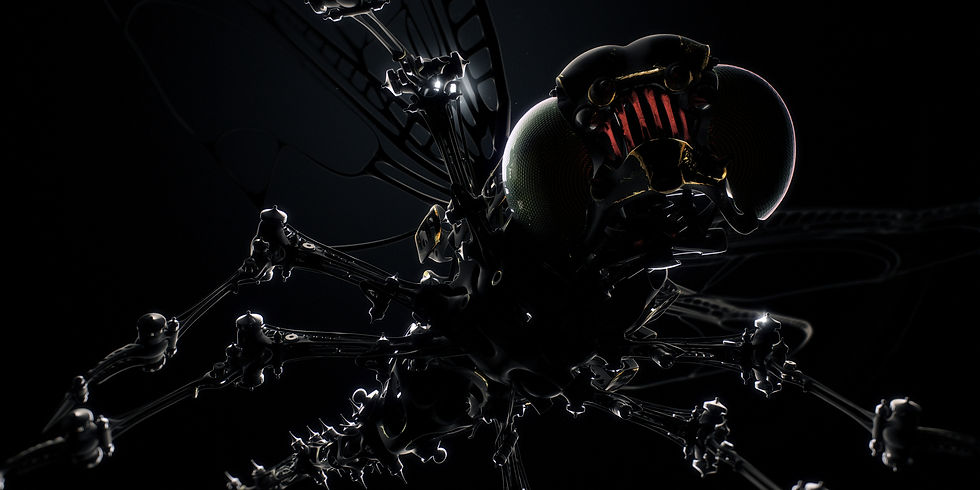
Speed and time-to-market
Time is money in content production. Here, 3D rendering often has the edge in speed and efficiency once the process is in place. A traditional product photoshoot can take weeks to plan and execute: you must schedule the photographer and crew, prepare the set or location, wait for the right lighting or weather if it’s an outdoor shoot, physically ship products or prototypes, and then do post-processing on the photos. If something changes last-minute – say the product design is tweaked or a new feature needs highlighting – you might have to start over with another shoot, causing delays.
3D rendering offers a more streamlined workflow. After providing the product designs or references to the CGI team, much of the work happens in parallel to your other business activities. There’s no need to wait for a physical prototype to be ready or shipped; artists can begin modeling from CAD files or even sketches. Once the 3D model is done, creating a new image (from a different angle or in a different setting) might just be a matter of a few clicks and computer processing time. This means faster iteration – marketers can request changes or new views and get updated imagery in days, not weeks.
For example, if you realize you need an extra close-up shot or want to showcase the product in a different environment, a 3D artist can adjust the virtual camera or swap the background and re-render the image relatively quickly. There’s no need to assemble everyone for another shoot. This agility can significantly speed up time-to-market for product launches. In fact, a huge advantage of CGI is that you can create marketing images before a product is even manufactured – useful for pre-launch campaigns or concept testing. Real estate developers, for instance, use 3D renderings to sell properties still under construction; similarly, a product company can start taking pre-orders using CGI images of a prototype design.
Traditional photography, by comparison, is often at the mercy of external factors. Bad weather can postpone an outdoor shoot; a prototype might not be ready in time; or you might have to rush prints or shipments to meet a catalog deadline. CGI is largely immune to these delays – the “weather” inside a computer is always perfect, and digital products don’t need shipping. This reliability means fewer bottlenecks in production schedules.
To be fair, creating a high-quality 3D render isn’t instant – it may take a skilled team several days to a couple of weeks to complete a complex render from scratch. Most of that time is spent on modeling and fine-tuning details. However, once the digital asset exists, making additional images is very fast. Overall, companies often find CGI gets them a library of images faster than arranging multiple elaborate photoshoots. As SYNERGY CGI notes, an all-digital workflow gives marketing teams “greater flexibility and control over their timelines”, delivering campaign-ready visuals in days or weeks rather than months.
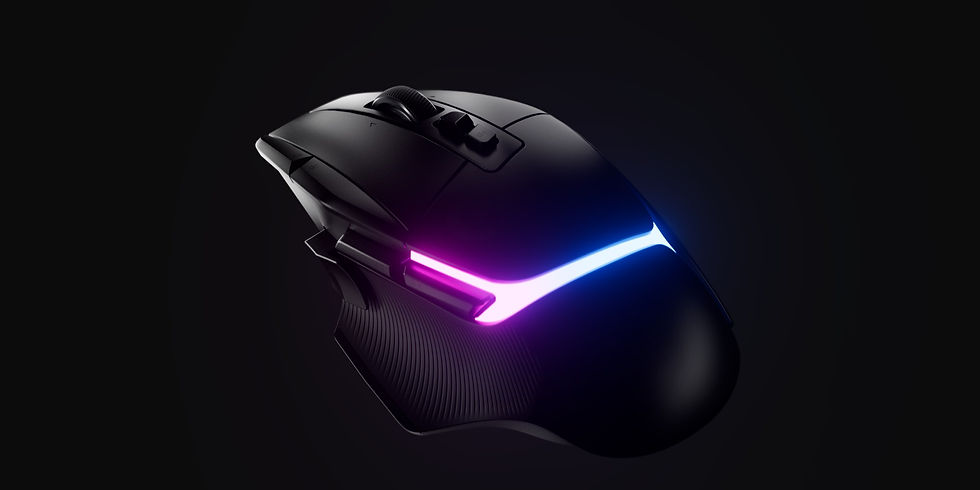
Flexibility and creative control
When it comes to creative freedom, 3D rendering truly shines. Because everything is virtual, artists have unparalleled control over each element of the scene. They can change the product’s color or material with a few clicks, adjust the lighting from morning to evening instantly, or try the product against dozens of backgrounds – all without reshooting anything. Edits are as simple as re-opening the file and tweaking parameters, then re-rendering. This flexibility is a game-changer for marketing teams who often want to see many options.
Think of a scenario where a client wants to see a sofa in five different fabric options or a gadget in various color finishes. With photography, you’d have to either physically produce and shoot all five versions or rely on Photoshop tricks (which can be tedious and still may not look perfectly natural). With CGI, you have a single 3D model of the sofa or gadget; swapping the material from leather to fabric or changing a color is straightforward, and the software will render the new look with consistent lighting and perspective. Need a completely different angle? Just move the virtual camera and render again – no need to rebuild a set or worry that the lighting will be different on another day.
Moreover, 3D rendering allows you to create scenes that would be difficult or impossible in real life. Want your product floating in a surreal environment? Or integrated into a fantastical 3D animation? CGI has you covered. Even for realistic settings, you’re not constrained by what’s physically available. You can place a new chair design into a virtual living room with perfect décor, without having to rent a luxury home for a photoshoot. You can also achieve “impossible” angles – cutaways, exploded views showing internal components, or X-ray style transparent effects – to highlight features, all through rendering techniques that traditional photography cannot do easily (at least not without heavy post-editing or special rigs).
Traditional photography does have one unique strength: it captures the authentic nuances of reality effortlessly. The random wrinkles in a fabric, the exact way sunlight bounces off a surface at a given moment – these come naturally in a photo. In CGI, those details must be deliberately simulated by the artist. A skilled renderer can mimic them extremely well, but it requires effort. Also, certain spontaneous creative accidents (like lens flares or slight imperfections) might add character to photos. Some brands feel that real-life context and human elements (like a model’s genuine smile or the atmosphere of a real location) provide an emotional authenticity that’s hard to replicate from scratch.
Photography can be great for capturing emotion and lifestyle in a straightforward way – e.g., a photograph of a person using the product conveys real human presence, whereas CGI would need that person to be either composited or a 3D human model.
In many cases, though, even lifestyle imagery is blending the two: photographers might shoot a model and then composite a CG product into the shot, or shoot a background and insert a CG object. That’s how car commercials are often made – a real environment with a CG car model, because it’s easier than photographing an actual car in each location. The bottom line is CGI opens up vastly more creative possibilities with full control over every aspect (you’re limited only by imagination and computing power). Photography is limited to what you can physically arrange and capture, but sometimes keeping it real is an advantage in itself. It really depends on the project’s goals.

Scalability and consistency
If you have a large product catalog or frequently changing inventory, scalability is crucial. This is an area where 3D rendering outperforms photography by a wide margin. Imagine an online retailer with thousands of SKUs (stock keeping units), each needing images from multiple angles and in several color options. Photographing that many items consistently is a massive undertaking – you’d likely need a permanent photo studio with staff working full-time, and even then, ensuring consistency in lighting and style across all images is challenging.
With photorealistic CGI, once products are modeled, it’s relatively easy to generate images for every variant. You can programmatically change textures or colors on the model and batch-render images for each version. This makes producing hundreds or thousands of images scalable and efficient. For example, product configurators on retail websites (where a customer can select a color or feature and see the image update) are often powered by CGI – the company has 3D models that can display every combination on the fly, something infeasible to do with only photos.
Another aspect is visual consistency. With photography, even with the same setup, minor differences between shoots (time of day, camera settings, human error in placement) can lead to images that don’t perfectly match in tone or angle. CGI allows you to ensure every image is perfectly consistent: the lighting, camera angle, and background can be kept identical across a whole product line, giving a very cohesive look on your website or catalog. This is why “guaranteeing the same lighting conditions and presentation for an entire catalog” is touted as a CGI benefit by studios. It’s also far easier to update images consistently – if you rebrand and want a new background for all product images, you can reopen each 3D scene and swap in the new backdrop, rather than re-photograph everything.
From a workflow perspective, once a library of 3D models is created, reusability is a huge plus. You can reuse the same product model in different scenes (e.g., a toothbrush 3D model can be placed in a bathroom render for one ad, and on a plain backdrop for a catalog shot, with zero physical prep). You can also use the 3D assets to create other media like animations or AR experiences (more on that shortly) without starting from scratch. Essentially, CGI gives you a flexible digital asset pipeline that scales with your content needs.
Traditional photography doesn’t scale easily in this way – more images will generally always mean more time, more people, more cost. For a handful of products, that’s fine; for big collections, it becomes a bottleneck. Companies like IKEA, Wayfair, and Amazon have leaned into CGI precisely to solve this scalability challenge. In fact, Wayfair reported a 20–30% increase in conversion rates after implementing 3D/AR visualization, partly because they could show far more variations and interactive views of products, enriching the customer experience. That kind of scalability in showcasing products simply isn’t practical with traditional photography alone.
See how we’ve addressed similar challenges in our portfolio, delivering consistent, scalable product imagery for large catalogs.
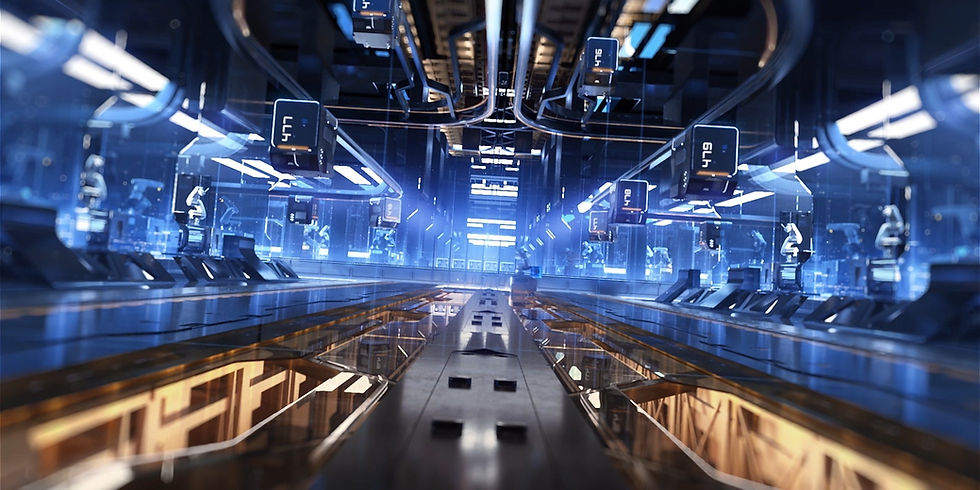
Realism and image quality
A decade or two ago, one might have argued that “nothing beats a real photo” for image quality and realism. But in 2025, the gap has essentially closed.
Photorealistic 3D rendering can achieve extremely high fidelity – down to tiny details like wood grain, fabric weave, reflections on glass, or the glint of metal. With advanced software and enough skill, a render can be made indistinguishable from a photograph to most viewers. We’ve reached a point where even professionals sometimes can’t tell CGI from real at first glance. This means you don’t necessarily sacrifice any visual impact by choosing CGI. On the contrary, CGI can sometimes exceed what’s possible with photography: for instance, combining perfect studio lighting with an outdoor backdrop that might be impossible to capture naturally, yielding a “best of both worlds” image.
That said, achieving top-notch realism in CGI requires expertise. It’s not just clicking a render button; experienced artists painstakingly fine-tune materials and lighting to mimic real physics. An unskilled attempt might result in a render that looks “off” (plastic-like surfaces, unnatural shadows, etc.). So for quality results, one should invest in a good 3D rendering team or studio. When done right, the difference between a photo and a render comes down to pixel-peeping and intuition more than obvious visual cues.
Traditional photography inherently has ground-truth realism – it captures exactly how the product looks in front of the camera. This can be an advantage for textures that are very complex or for capturing subtle imperfections that make something look real (a tiny scratch, the way fabric folds organically). In CGI, artists often add those imperfections manually to avoid an image looking too “perfect” and thus artificial. A well-taken photograph has a natural warmth and randomness that is authentic by default. Some audiences also psychologically trust a photograph more, simply because they know it’s “real” (even though photos can be heavily edited too!). For example, in high-fashion or food advertising, there’s still a preference for real photography to convey artisan reality – though even those fields are starting to blend CGI in (many commercials and magazine shots are composites of many images, including CGI elements).
In practice, most consumers won’t notice or mind if an image is CGI as long as it looks good. What they care about is that the image accurately represents the product and looks appealing. As Transparent House’s own team puts it, “a well-executed render...closely resemble[s] the real item,” inspiring the same trust as a photograph. In fact, when CGI is used, brands often don’t highlight it – if the quality is high, people assume it’s a photo and focus on the product itself.
To sum up quality: Both methods are capable of delivering stunning, high-resolution images. Photography might capture certain tactile nuances effortlessly, while CGI can achieve an idealized portrayal with everything in perfect balance. With expert execution, CGI and photos can be virtually indistinguishable to viewers Given that, it makes sense to judge by other factors (cost, flexibility, etc.), since pure image quality is no longer a dividing line.
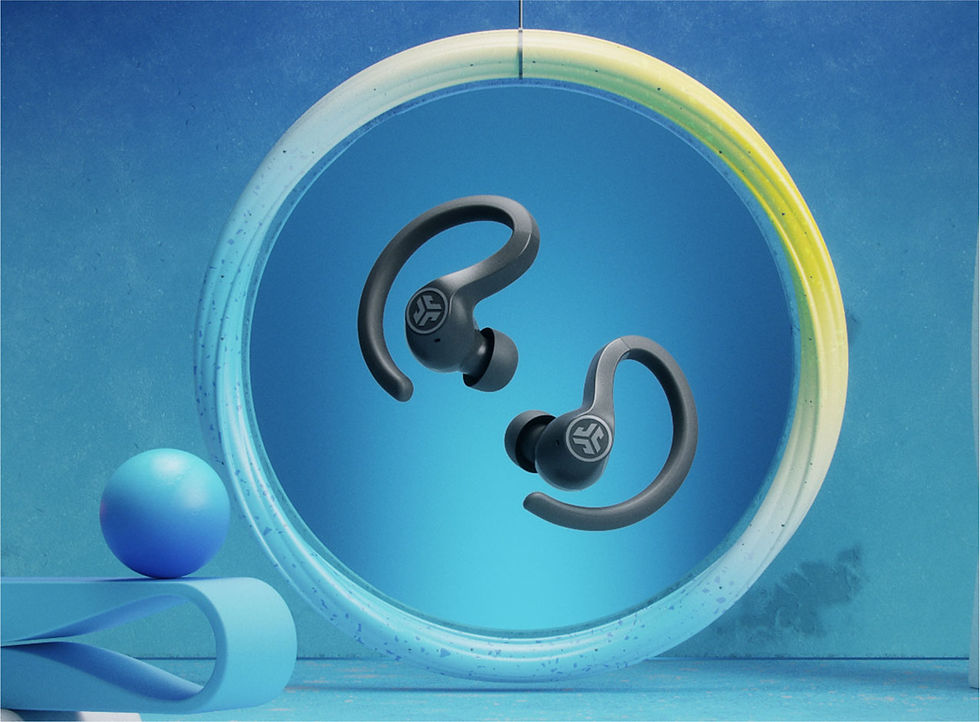
Use cases: when to choose photography vs CGI
So, should you abandon photography entirely and switch to all-CGI? Not necessarily – there are scenarios where each approach (or a hybrid) makes sense. Here are some guidelines:
Stick with Traditional Photography if… you have a small number of products and need a quick turnaround with minimal setup. For example, a boutique that only needs half a dozen product shots might find it easier to just take photos in-house. Photography is also great if you require true-life context with people or very complex real-world scenes – e.g., lifestyle shots with models, food photography capturing an edible dish (food styling in CGI is possible but still a specialty), or situations where the authenticity itself is a selling point. If you’re showcasing a one-of-a-kind handmade item where its little imperfections are its charm, a photo might communicate that story nicely. Also, if time is extremely tight and you already have the product, a photo can be instant (snap and go), whereas a render needs at least some hours of setup. In short, photography shines for immediate, straightforward needs and when you want raw realism or human touch with minimal processing.
Opt for 3D Rendering if… you need flexibility, multiple variations, or are working with prototypes/pre-production designs. CGI is ideal for products that don’t exist yet physically – you can start marketing with renders while the product is still in manufacturing or even conceptual. It’s also the go-to if you plan to show many configurations (different colors, materials, customized options) without having to produce each one for a photo. If your marketing strategy calls for lots of content (images, videos, 360 spins, AR models), CGI provides a scalable content creation pipeline. Also, if budget is a concern over the long term, investing in CGI can save money as discussed, especially for large catalogs or frequent updates. Finally, for dramatic visuals or creative concepts that would be costly or impossible to photograph (think of a smartphone dissolving into a flurry of digital particles for an ad – CGI can do that easily), rendering is the answer.
Hybrid approach: In many cases, the best solution is to blend both. Use photography where it has strengths (perhaps lifestyle shots with people, or quick social media snaps for immediacy), and use CGI for the heavy lifting of product imagery, variation shots, and those hero images that require perfection. They’re not mutually exclusive – in fact, some workflows use photos as references to calibrate CGI (ensuring the CGI matches the photographed look). As technology evolves (and even incorporates AI), the line will blur further. What’s important is choosing the method that fits your business needs and message for each piece of content.
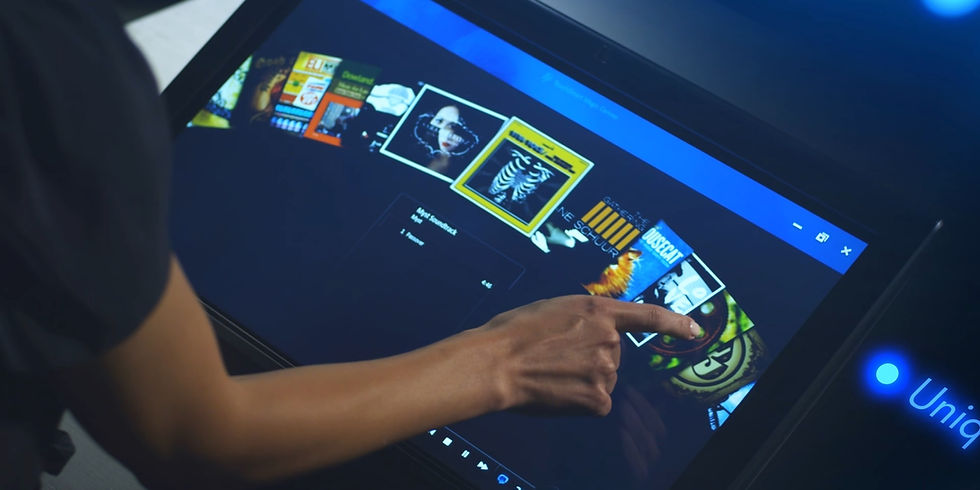
Embracing the benefits of CGI product rendering
Across cost, time, flexibility, and scalability, it’s clear that photorealistic 3D rendering offers compelling advantages for product visualization. It removes many of the traditional barriers of photography – no need for physical shoots every time, no limitations on creative angles or environments, and the ability to repurpose digital assets in myriad ways. It’s no surprise that companies from furniture retailers to tech giants are embracing CGI. We’ve mentioned IKEA’s heavy use of CGI in catalogs and the fact that 80–90% of high-end car ads today rely on CGI elements, to give just two examples. Businesses are finding that CGI allows them to market faster, smarter, and often cheaper without sacrificing quality.
That said, traditional photography still has a role, especially for authenticity and certain types of content. But as a product visualization studio, we’ve seen firsthand at Transparent House how often clients come to us after struggling with costly photoshoots, tight deadlines, or the need to visualize something that can’t be easily photographed. In those cases, switching to CGI is like lifting a weight off their shoulders – suddenly they can get perfect images on demand, tweak anything they want, and scale up their visual content without scaling up cost and effort proportionally.
In the end, the “3D rendering vs photography” debate isn’t about declaring an absolute winner. It’s about using the right tool for the job. For most product marketing in today’s digital-first world, photorealistic 3D rendering has become the smarter choice due to its versatility and efficiency. But savvy brands often use a mix: real photos when it makes sense, CGI whenever it offers an edge (which is increasingly often).
As technology continues to advance, photorealistic rendering is only getting better, faster, and more accessible. The gap between what’s real and what’s rendered will continue to narrow. From a business perspective, leveraging CGI means you’re riding that innovation wave – getting your products seen in the best light (literally and figuratively) with maximum creative control.

Photorealistic 3D rendering enables companies to create ideal product imagery without the usual constraints of cost, time, and environment that come with traditional photography. It offers consistent, hyper-realistic visuals at scale, which is a game-changer for marketing in the e-commerce era. Traditional photography still provides authenticity and tactile realism, but its limitations in flexibility and scalability are prompting many teams to pivot to CGI for product visuals. In many cases, adopting CGI is not just a cost-saving measure, but a strategic move to unlock new creative possibilities – including interactive 3D viewers, AR try-outs, and other modern customer experiences that static photos can’t support.
If you’re looking to elevate your product imagery and streamline how those visuals are produced, photorealistic rendering is definitely worth considering. Many brands, large and small, have already made the leap – replacing costly photoshoots with agile CGI workflows and never looking back. The result is stunning images that wow customers and drive sales, achieved with far less hassle behind the scenes.
Ready to explore the possibilities of CGI for your own products? At Transparent House, we offer Photorealistic 3D Product Rendering services to help you showcase your products in the best light – no physical photoshoot required. Whether you need a single hero image or an entire catalog rendered, our team of experienced 3D artists can deliver visuals that look 100% real and are tailored to your creative vision. Feel free to reach out and contact us – we’re here to help you harness the power of CGI to save time, cut costs, and unlock unlimited creative angles for your product marketing.

FAQ: photorealistic rendering vs. photography
Is 3D product rendering more cost-effective than traditional photography?
Yes – especially in the long term. While hiring a 3D artist to create a render has an upfront cost, it eliminates many repeat expenses of photography (studios, props, travel, physical prototypes, etc.). Once a product is modeled in 3D, you can generate unlimited images or variations without a new photoshoot. This makes CGI highly cost-efficient for catalogs and ongoing needs. Traditional photography might seem cheaper for a one-off project, but costs escalate with each additional shoot or product variation. Many companies report saving money by switching to CGI – for example, they don’t have to build multiple prototypes or rent multiple locations, which reduces overall budget. In short, CGI often offers more output for the same cost, whereas photography’s costs multiply with scale.
How realistic can CGI renders get? Can they truly match real photos in quality?
Absolutely. Modern photorealistic rendering can produce images that are virtually indistinguishable from real photographs. Advanced software and techniques simulate real-world lighting, materials, and camera effects with stunning accuracy. A well-executed render will show true-to-life textures, colors, and shadows, to the point that most viewers can’t tell it’s CGI. In fact, many major retailers already use mostly CGI images in their advertising and catalogs – customers don’t notice because the quality is so high. The key is using skilled 3D artists who understand how to mimic reality. When done right, CGI product images look just as good as high-end studio photos, and sometimes even better (since you can perfect every detail). So yes, photorealistic 3D renders can fully match real photos in quality – and they are widely used across industries because of that.
How fast can 3D renders be produced compared to arranging a photoshoot?
CGI can be much faster once the process is underway. Creating the first photorealistic 3D render of a product might take several days to a couple of weeks, because the 3D model and materials need to be built with care However, subsequent images (new angles, different environments) can be generated very quickly – often within hours or a day – because the heavy lifting (modeling) is already done. By contrast, a traditional photoshoot often requires weeks of planning and scheduling, plus the shoot itself and post-processing. If you need a new image after the shoot, you might have to start the process over.
With CGI, if you realize you want another view or an updated design, you can sometimes get a new render in just a day or two. Overall, for a full set of images, CGI is usually quicker. For example, our studio often delivers draft renders within a week for feedback, and final images shortly after revisions. In comparison, coordinating a professional photoshoot (booking talent, prepping products, etc.) could easily take several weeks total. CGI’s all-digital workflow also avoids external delays like weather or product shipping, making turnaround times more predictable and often faster.
Do I need a physical prototype or product sample to create a 3D render?
Not necessarily. One big advantage of 3D rendering is that you don’t need the actual product on hand as you would for photography. If you have CAD files, 3D models, or engineering drawings, those are ideal – we can build an accurate digital model directly from those specs. But even if you only have design sketches or concept art, a skilled CGI team can work from those to create a realistic render. Photos of an existing prototype (even if it’s not final) plus key dimensions can also help us virtually recreate the product. We often combine whatever references a client has – CAD models, rough drawings, material swatches, etc. – to ensure the 3D render matches the intended design. In short, you don’t need a finished physical product to start rendering.
This is why companies love CGI for pre-launch marketing: they can generate lifelike images before manufacturing is complete. Of course, providing more reference material (like photos of similar materials or earlier prototypes) will always help achieve the best result. But lack of a physical prototype is not a blocker – the right 3D artist can bring an idea to life from just digital assets and design information.
Will CGI product rendering replace traditional photography completely?
CGI is quickly becoming the go-to choice for many types of product imagery due to its efficiency and flexibility, but that doesn’t mean traditional photography will disappear entirely. We expect to see a hybrid approach continue. For a vast range of products (furniture, electronics, appliances, etc.), and especially for e-commerce, photorealistic renders can replace photos 1:1 in terms of quality – and the benefits in cost and speed make it likely that most brands will shift those categories to mostly CGI (indeed, many already have). However, there are areas where photography still holds on: for example, products that involve people (fashion shoots with models, or lifestyle imagery where a certain real-life vibe is needed) might still be photographed, or at least use real photography for the human element combined with CGI for the product or background.
Some brands also continue to do a mix because they have established photography workflows or they want the option of both. In practice, we’re seeing CGI dominate in product-only imagery (catalog style shots, Amazon product images, etc.), while photography might be used for brand storytelling or editorial contexts. As CGI technology (and even AI-driven rendering) progresses, it’s likely to handle more and more of what used to require a camera. But the two can coexist. Our philosophy is to use whatever best serves the project: often that’s CGI for the core product images, with photography as a supporting or complementary medium.
So, while we wouldn’t say “completely replace”, it’s clear that CGI is supplanting photography in many use cases because it can achieve the same results with greater convenience. The trend is unmistakable – and it’s a win-win for companies seeking high-quality visuals without the traditional hassles.







